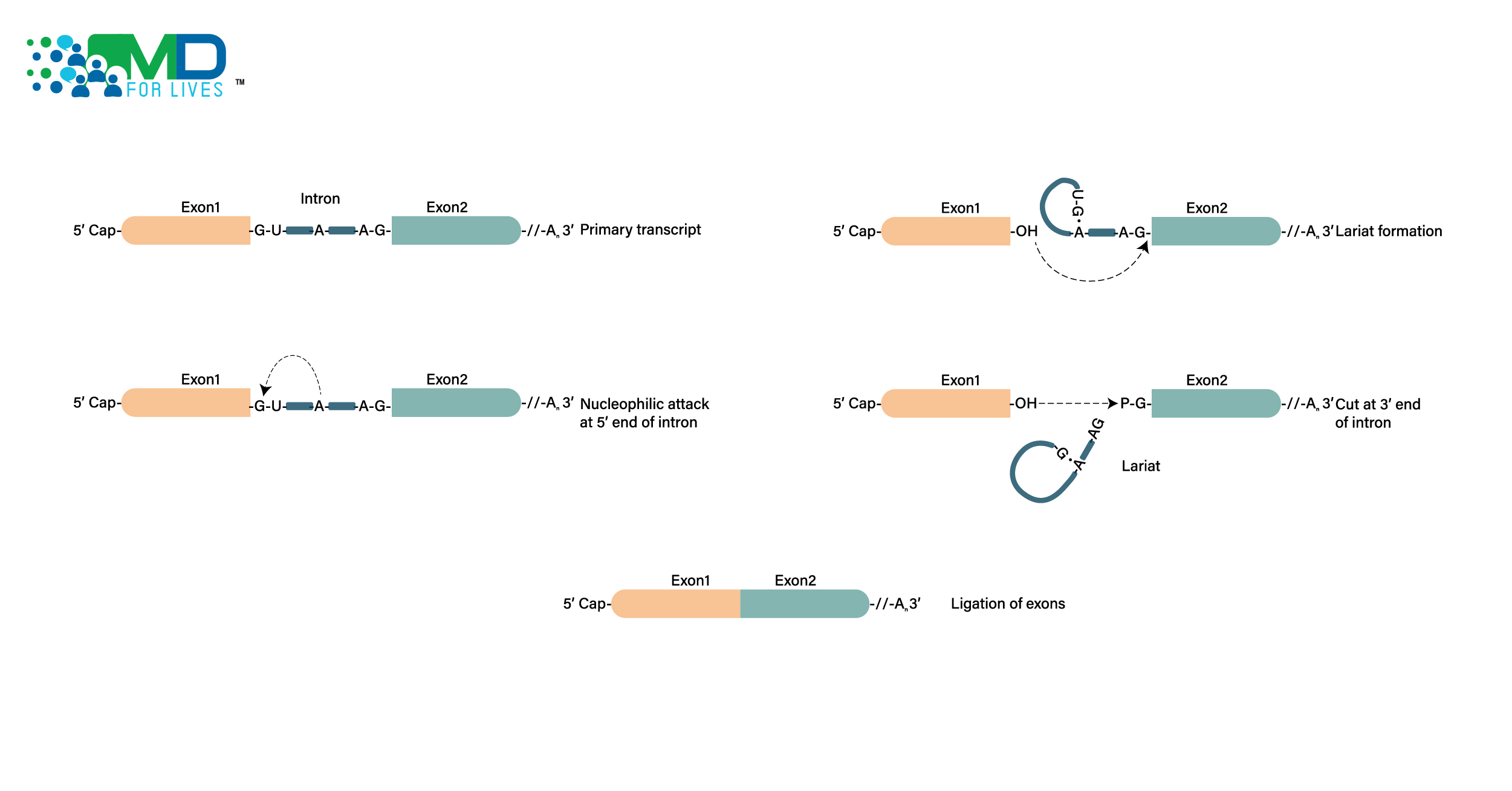New drugs, namely, Vyvgart, Cytalux, Livtencity, and Besremi approved in 2021 by FDA showed adverse effects in clinical trials. Adverse medication reactions occur in 10% to 20% of hospitalizations, with 10% to 20% of these being severe, and hence, adverse effects of drugs should be analyzed and monitored carefully.

Adverse effects of drugs
“A significantly damaging or unpleasant reaction resulting from an intervention associated with the use of a medical product” is how an adverse drug reaction (ADR) is defined. Antiplatelets, anticoagulants, cytotoxics, immunosuppressants, diuretics, antidiabetics, and antibiotics are among the medications that have been linked to ADR-related hospitalizations.
While certain ADRs are unforeseeable, such as anaphylaxis in a patient who had previously had no adverse reactions to a penicillin-containing drug, many can be avoided with proper planning and monitoring. When a drug treatment plan is preventable (or avoidable), it is incompatible with current evidence-based practice or unachievable when known conditions are taken into account.
Interventions that lessen the likelihood of an ADR developing can help to lower the risk of patient harm.
There are two primary steps that can be taken to avoid an ADR from occurring:
- Determine which subgroup of patients is most likely to experience the adverse effect and adjust the treatment accordingly.
- Ascertain that the treatment approach minimizes any potential side effects.
Any previous ADRs will be identified in a patient’s prescription history, preventing re-exposure to the drug. Susceptibility characteristics like age, gender, pregnancy status, and ethnicity can also help predict the likelihood of an ADR developing in some circumstances.
Safe prescribing is essential for reducing errors that lead to ADRs. Any potential negative effects should be considered and mitigated in treatment regimens. To lower the risk of an ADR and prevent those “unavoidable” reactions from occurring in practice, a systems approach comprising numerous techniques and including the patient and all healthcare personnel is required.

Source- https://www.ncbi.nlm.nih.gov/pmc/articles/PMC6297296/
ADRs are now aggressively urged to be reported by all patients. ADRs are commonly managed in practice by changing a dosing regimen or removing a medicine suspected of causing an ADR. Under EU legislation, the marketing authorization holder must now submit a detailed risk management plan, which may include the development of specialized therapies for individual ADRs as well as continuous safety trials.
Types of adverse drug reaction
Adverse drug reaction has traditionally been divided into two categories:
1) Type A reactions, often known as augmented reactions, are ‘dose-dependent’ and predicted based on the drug’s pharmacology.
2) Type B reactions, often known as bizarre, are distinctive and unpredictable in terms of pharmacology.
3) Type C reactions, often known as chronic, are linked to a chemical structure and its metabolism.
4) Type D reactions, often known as delayed, occur many days after the treatment.
5) Type E reactions, often known as end of treatment, occur after drug withdrawal.

Source- https://www.researchgate.net/figure/Classification-of-Adverse-Drug-Reactions_tbl3_23656865
FDA-approved drugs 2021
Innovative medications frequently result in new treatment options for patients and advancements in health care for the general public in the United States. When it comes to the development of novel medications and therapeutic biological products, the FDA’s Center for Drug Evaluation and Research (CDER) clarifies the study design features and other data that must be included in the drug application to support a full and thorough assessment. CDER does so by relying on its knowledge of the science behind new product development, testing and manufacturing techniques, and the diseases and ailments that new products are intended to cure.
For FDA evaluation, certain medications are categorized as novel molecular entities (“NMEs”). Many of these medications, whether as a single ingredient drug or as part of a combination product, contain active moieties that the FDA has not previously approved. These products frequently give patients with vital new therapies. For administrative purposes, some medications are classified as NMEs, although they nonetheless include active moieties that are closely similar to active moieties in FDA-approved pharmaceuticals.
Four medications approved in 2021 have negative side effects:
- Efgartigimod (Vyvgart)
On December 17, 2021, the FDA authorized efgartigimod. The medicine is used to treat myasthenia gravis in people who have an anti-acetylcholine receptor (AChR) antibody positive.
One hundred and sixty-seven participants were given efgartigimod or placebo in a 26-week randomized controlled study. Patients with myasthenia gravis who had AChR antibodies were more likely to respond during initial treatment than controls (68 percent compared with 30 percent, respectively).
In comparison to controls, these individuals showed improvements in muscle weakness. Respiratory/urinary tract infections and headaches were the most prevalent AEs. These side effects are caused by the way the medication alters antibody levels, with a drop in antibodies increasing infection susceptibility. Eyelid swelling, redness, and shortness of breath were among the other side effects.
The infusion should be stopped and proper therapy should be started in cases of hypersensitivity or infection.
- Pafolacianine (Cytalux)
Pafolacianine is an imaging agent that helps surgeons separate ovarian cancer tumors. It was approved on Nov. 29, 2021. These tumors are usually difficult to spot during surgery. Pafolacianine is administered intravenously before surgery. The FDA had previously classified this agent as an orphan drug, a priority medicine, and a fast-track drug. Pafolacianine detected at least one lesion not visible by normal visual/touch inspection in 26.9% of participants in a randomized trial including 134 women.
The most common AEs were nausea, vomiting, stomach discomfort, and itching, all of which were infusion-related. This medicine may be a teratogen, hence the usage of folate or folic acid within 48 hours of administration should be avoided. When employing the agent during surgery, there is a risk of false-positive and false-negative outcomes.
- https://www.ncbi.nlm.nih.gov/pmc/articles/PMC6297296/
- https://www.researchgate.net/figure/Classification-of-Adverse-Drug-Reactions_tbl3_23656865
- https://www.fda.gov/drugs/development-approval-process-drugs/new-drugs-fda-cders-new-molecular-entities-and-new-therapeutic-biological-products
- https://www.mdlinx.com/article/adverse-effects-of-4-drugs-approved-in-2021/5ScBye2OFykzbipgRt0TtQ






